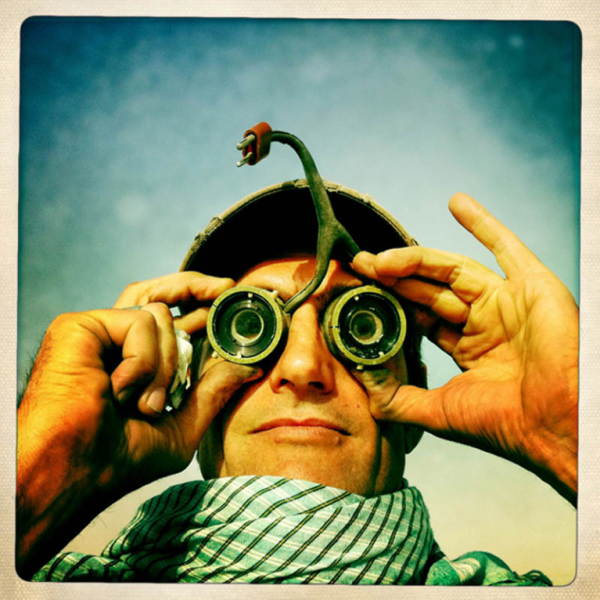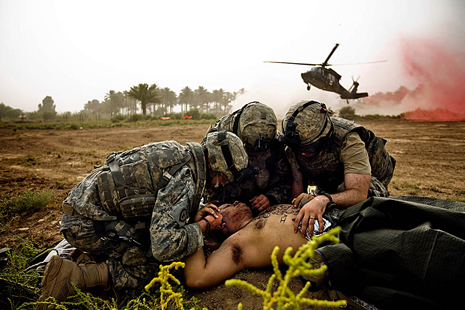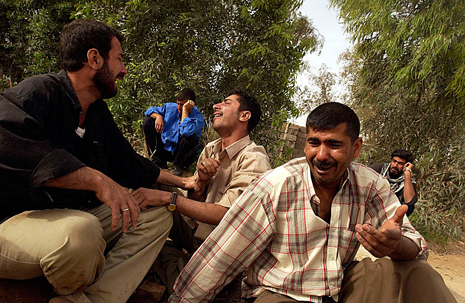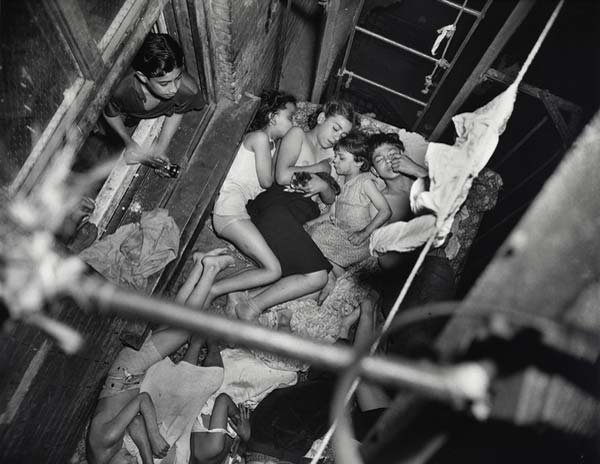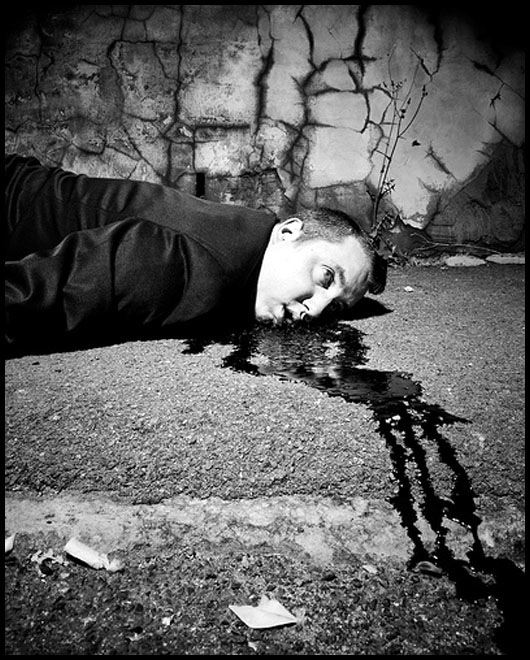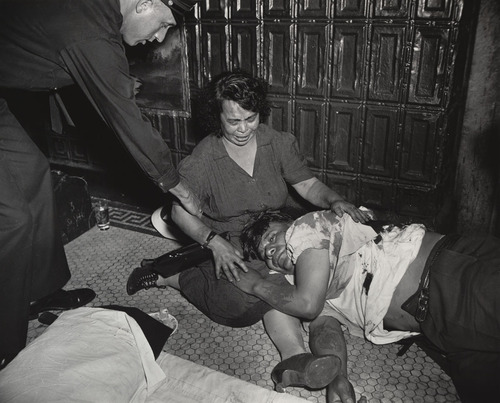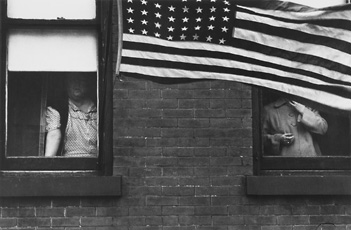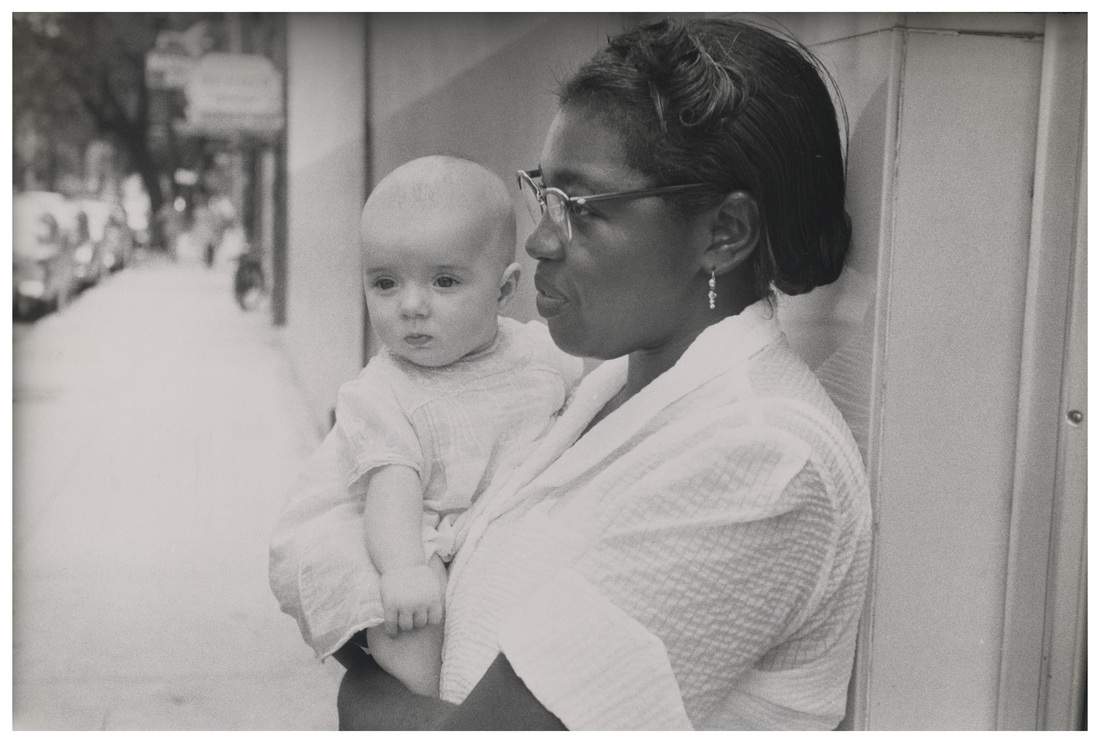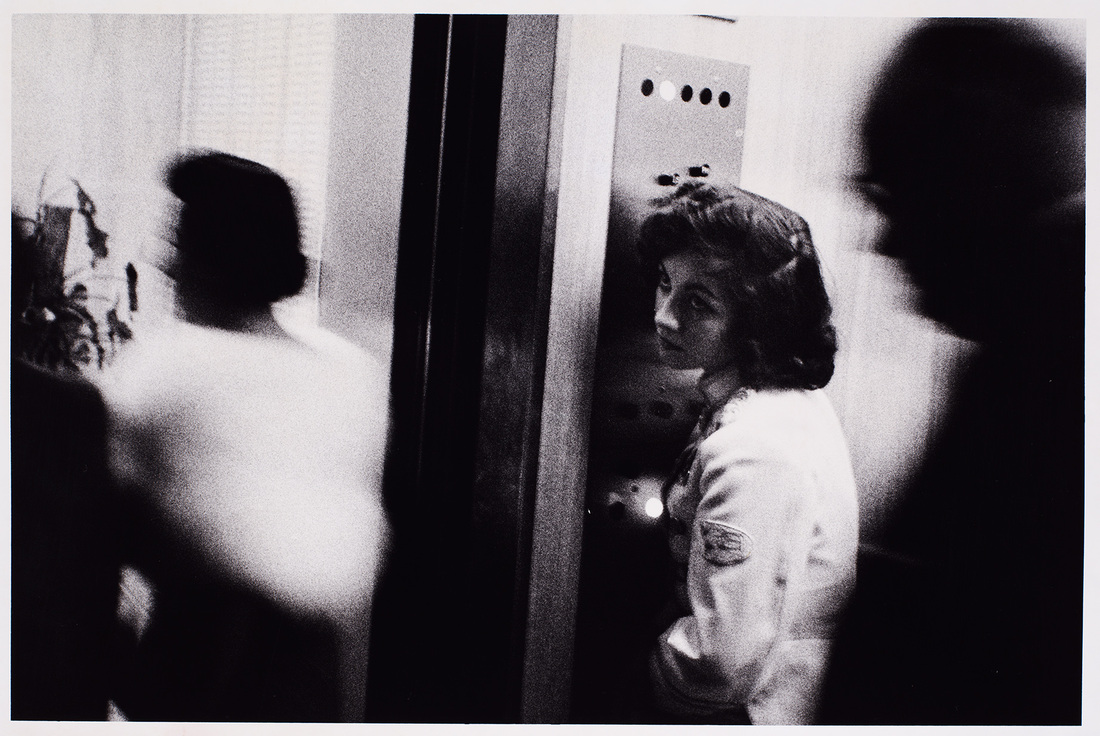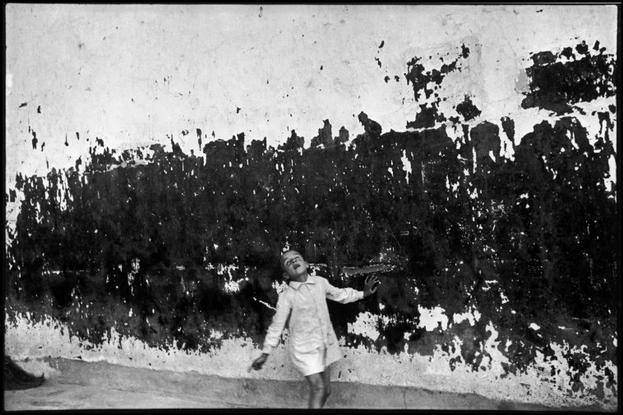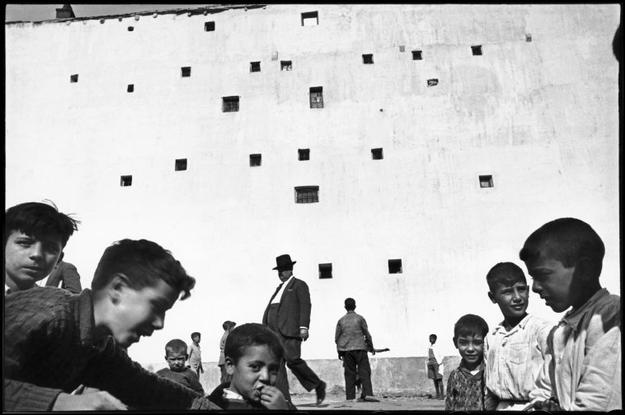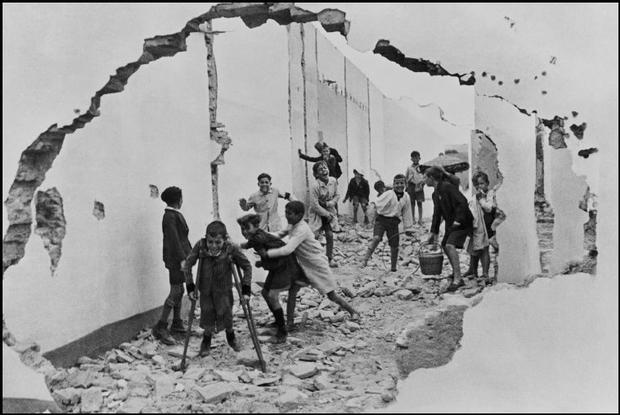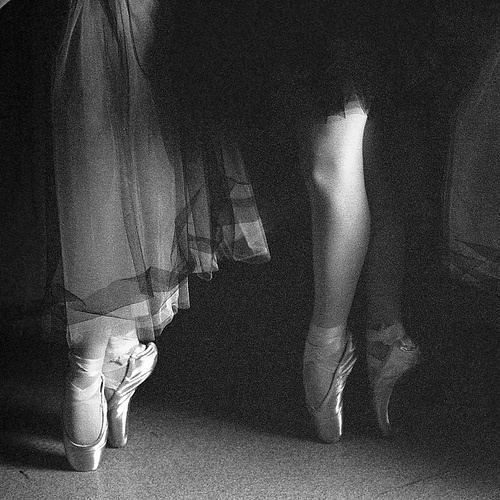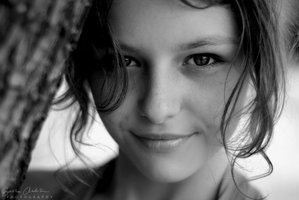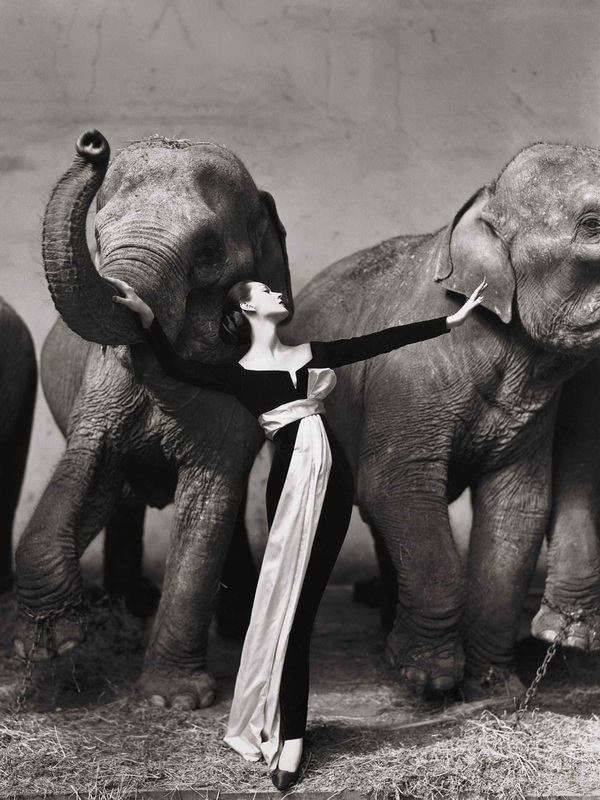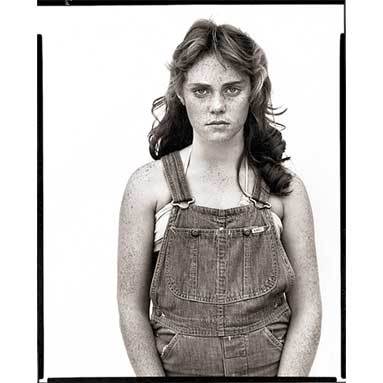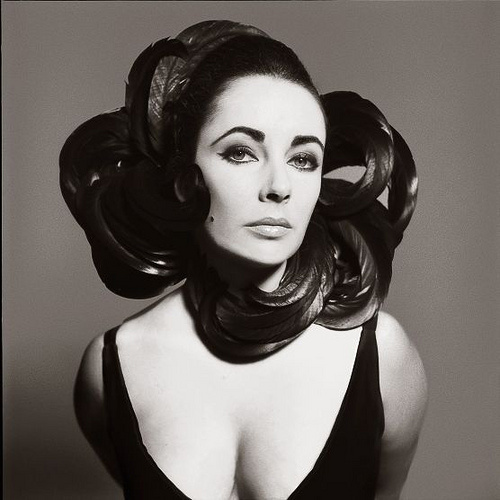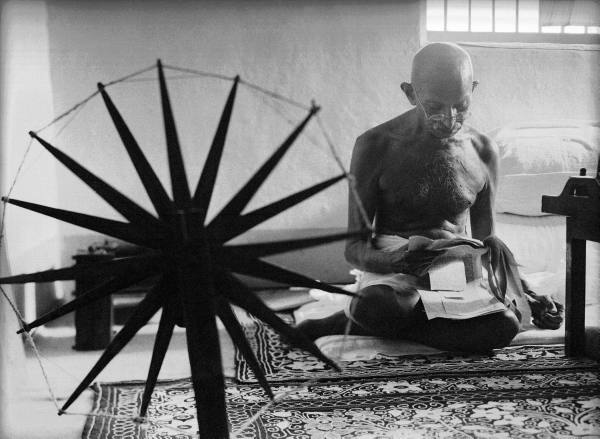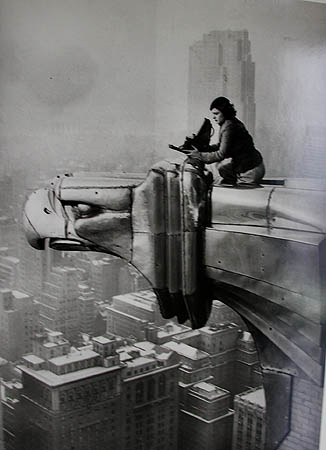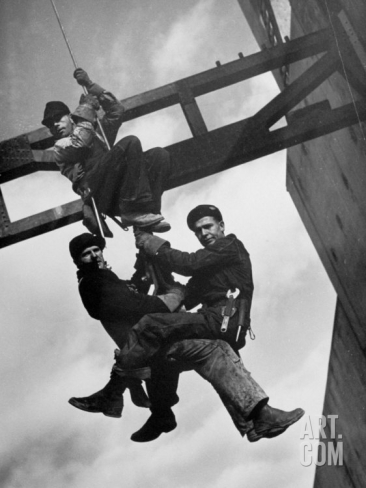Neil Krug is a photographer and director based in Los Angeles. Together with his girlfriend, now wife, Joni Harbeck, he founded Pulp Art Book which he described as " a book of psychedelic images made to look like old school paperback covers. The book features supermodel Joni Harbeck exclusively as the heroine in a world of fabricated dramas. Everything in the book has been photographed with expired polaroid film to put across the mood of looking at a beautifully beat to hell dusty LP cover. Putting this book together has been my favorite project to date. The book reflects our love for artists such as Robert McGinnis, Tanino Liberatore, Alejandro Jodorowsky, and a slew of others. Their work is a major influence for this project."
In 2011 he released the LP-sized Pulp Art Book: Volume One with images of Joni shot with polaroid film years past its sell-by date. The narrative photographs remind us of spaghetti westerns and the artistic expressions of the 60s and 70s in B-movies and on LP covers. This time the Poliziotteschi films were a major influence. Neil has created a vast amount of CD / LP covers for bands as My Chemical Romance, Scissor Sisters, Ladytron and The Pierces. Among his commercial clients are Warner Bros. Records, Warp Records and Burton Snowboards.
"War photography is easy. A colleague once called it ‘sports photography.’ You’re shooting sports as it happens in front of you and you’re just there to take the picture. If you have the bravery, or some might call it foolhardiness, to do it, then it’s easy"
“I think deep down a lot of us who photograph conflicts are really selfish and self-centered. You can’t do this job unless you only care about what you’re doing and no one else in your life. I say that as a husband and a father. Here I am risking my life when I have a wife and two young children at home. There is a certain level of selfishness, and I have to accept it."
“The camera is an amazing filter. I remember a couple of days after the war began in Iraq. A writer and I went to Abu Ghraib prison. There were twenty men wailing by a mass gravesite where four family members were executed. I remember photographing and everything being fine. But when I put my camera down to look at the scene, I would start crying. You can’t be in that space as a human being and not be moved. The minute I lifted up my camera, my tears stopped."
Arthur Fellig "Weegee" is known for his stark black and white street photography. He would follow the city's emergency service in Manhattan to find his pictures. He showed unapologetic photos of urban life, crime, injury and death. He got his nickname because he frequently seemed to arrive on the scene only minutes after crimes, fires or other emergencies were reported to authorities. Another version claims that the nickname originates from his work as a darkroom assistant, also known as a "squeegee" boy.
· You don’t want cuss words published in pictures
· For a long time, it wasn’t considered “proper taste” to publish pictures of people doing things like holding up the finger
· Can you, or can you not pose people? You should label them as photo illustrations if you do pose. Otherwise it can make people doubt the truth of not only the picture, but also of the article content.
· It is no longer considered to be okay to pose news pictures
· You can’t tell the subjects of your photos to do something specific in order to get the shot that you need
· You are allowed to take pictures on public property.
· For tough pictures, injuries, etc. you may need to step back and show less details
· We don’t often see pictures of dead bodies in publications. It’s another taste issue
· Showing someone in severe grief, is okay, although the subjects sometimes sue for invasion of privacy (they wont win though).
· In the 1920’s they did “composographs” where they would pose a photograph and paste heads of people onto the posed figures.
· It isn’t okay to photoshop pictures and elements in or out of the picture.
· You can’t merge 2 pictures together.
· You can’t change proportions or move elements around
· You can’t photoshop elements out. The photographer should notice these things when taking the picture.
· You can’t change colors
· You can darken and lighten things slightly
· You can’t stretch the photo
· You can’t blur things after the picture was taken
· You can’t cut out backgrounds
Robert Frank published a book called The Americans including 83 of his photographs that he took during the two years that he spent traveling around the United States documenting what he saw. Overall, he took 28,000 pictures during this time.
Frank, being Jewish, experienced some anti-semitism in a small Arkansas town on his journey and he said, “I remember the guy [policeman] took me into the police station, and he sat there and put his feet on the table. It came out that I was Jewish because I had a letter from the Guggenheim Foundation. They really were primitive.” He was told by the sheriff, “Well, we have to get somebody who speaks Yiddish. They wanted to make a thing out of it. It was the only time it happened on the trip. They put me in jail. It was scary. Nobody knew I was there.”
The Americans showed a different America. Frank's subjects weren't necessarily living the American dream of the 1950s: They were factory workers, transvestites, black passengers on a segregated trolley. Frank didn't even get much support from the art world, the Museum of Modern Art wouldn't even sell the book.
Henri Cartier-Bresson is a French photographer that is considered to be the father of photojournalism. He helped develop the street photography or life reportage style that was coined "The Decisive Moment." We talk about the decisive moment in class even. Before landing on photography, Henri experimented with music and oil painting.
Cartier-Bresson said, "The only thing which completely was an amazement to me and brought me to photography was the work of Munkacsi. When I saw the photograph of Munkacsi of the black kids running in a wave I couldn't believe such a thing could be caught with the camera. I said damn it, I took my camera and went out into the street."
The Surrealists approached photography with a voracious appetite for the usual and unusual...The Surrealists recognized in plain photographic fact an essential quality that had been excluded from prior theories of photographic realism. They saw that ordinary photographs, especially when uprooted from their practical functions, contain a wealth of unintended, unpredictable meanings. Cartier-Bresson became close with this surrealist movement throughout his career. His book, "The Decisive Moment" became a huge influence on photographers everywhere.
Light has to come from a source! The source can either be direct, or indirect. This is an example of direct lighting. You can see that the shadows are pretty harsh, which is a good indicator that the light is very direct.
Indirect lighting happens when the light source is much larger, dispersing the light. A cloudy sky is a good example of indirect lighting. This photo is a good example of soft lighting. You can see that the shadows on her face are not nearly as harsh.
Light always has a direction. This is important to think about when you're taking pictures because it can hurt or help your photos. This picture has some beautiful back lighting. It creates a nice silhouette and glow of light around the subject.
Richard Avedon was one of Annie Leibowitz's great inspirations. He is an American fashion and portrait photographer who lived from 1923-2004. His mother had come from a family that owned a dress manufacturing business, so she was the one that really fostered his love of art and fashion. He took a lot of pictures of his beautiful sister Louise in his early days. Louise had psychiatric issues and eventually was diagnosed with schizophrenia, so this inspired a concept of "tragic beauty" that we can see throughout Richard's work. His first big break came when he got a job with Harpers Bazaar. His photos were first run in Junior Bazaar, and eventually in Harpers Bazaar.
Margaret Bourke-White was a pioneer for female photographers. She was the first female photographer to photograph the Soviet industry and the combat zones as a war correspondent. She was also the first female photographer to be hired at Life magazine.
Interestingly enough, she began studying herpatology (which is a branch of zoology specializing in amphibians). Photography was just a hobby for her. She studied under Clarence White though and this inspired her to take photography further. She ended up jumping around schools until she finally graduated from Cornell. She got a job as associate editor and staff photographer of Fortune magazine, where her career began to flourish.
During her unique career, Bourke-White was torpedoed in the Mediterranean, strafed by the Luftwaffe, stranded on an Arctic island, bombarded in Moscow, and pulled out of the Chesapeake when her chopper crashed.
Annie Liebovitz Video
· A photographer’s life “is just a life looking through a lens”
· “She’s daring”
· “She’s the tallest, most authoritative, uncertain person I have ever seen”
· “She has been a major chronicler of our country”
· When you live in a car, it’s easy to become an artist because you see the world through a ready made frame, the car window.
· She went to the San Francisco art institute. She wanted to major in painting and become an art teacher. She stumbled into photography and it clicked with her.
· Robert Frank - inspiration
· Cartier-Bresson – inspiration
· She walked into Rolling Stone one day with a bag of pictures and they ran a few of them. At the time, Rolling Stone wasn’t that huge, it was run by people their age.
· Her first really big photograph was of John Lennon. It was a portrait that she took when she was really taking a meter reading.
· A lot can be told in between the main moments
· In order to get the best possible pictures, you have to be a part of what’s going on. She would go on the bus with artists for 3 or 4 days and be a part of their lives.
· She went on tour with the Rolling Stones and became a part of their culture. People advised her not to. She did it against their wishes. It was destructive, but she did get some out of it
· Barbara Morgan – inspiration
· She loves movement and dance, probably because her mother was a dancer
· Mark – dancer that she photographed
· She realized that “dance can’t be photographed, its this art that lives in the air”
· Rolling Stones moved to New York
· Richard Avedon – inspiration
· Bea Feitler – took Annie under her wing. She said that Annie needs to edit her work. Bea could figure out which ones worked and how to edit in 3 minutes, but Annie couldn’t figure it out. It took her forever.
·
· She came to UT and photographed the lady vol basketball team.
|



